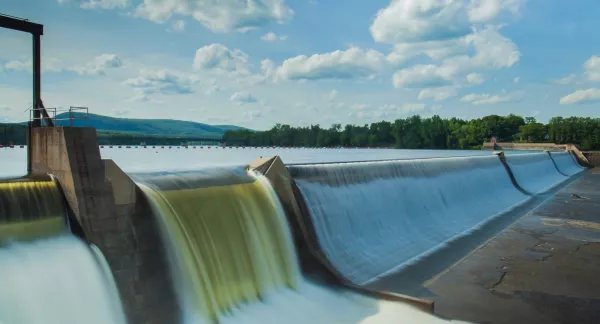
Modeling Guidance for Developing Site-Specific Nutrient Goals - Demonstration, Boulder Creek, Colorado
Abstract
Based on WERF’s research on modeling guidance for developing site-specific nutrient goals, WERF and the Colorado Monitoring Framework conducted a demonstration of WERF’s Nutrient Modeling Toolbox (NMT). The team applied the LINK1T11 process to select and calibrate a nutrient response model of the Boulder Creek watershed. Results indicated that it would be practical to reduce bottom algae and pH in specific stream segments. This project demonstrated that models can be used effectively in screening-level fashion to support adaptive management. Regulatory frameworks such as NPDES and total maximum daily loads (TMDLs) often required the use of uncertain models to produce precise, quantitative outputs, such as wasteload allocations to meet in-stream criteria. Given the uncertainties of modeling bottom algae and other complex stream processes, stream nutrient models may be best applied in screening level fashion in the context of adaptive management. The model also indicated that environmental benefits could be maximized by more phosphorus control and less nitrogen control than would be pursued under default regulations. This approach would allow stakeholders to take advantage of information gleaned from early implementation steps to refine the modeling framework and adjust subsequent steps. Published by WERF. 118 pages. Online PDF. (2015)
Originally funded as WERF project LINK2T14.



